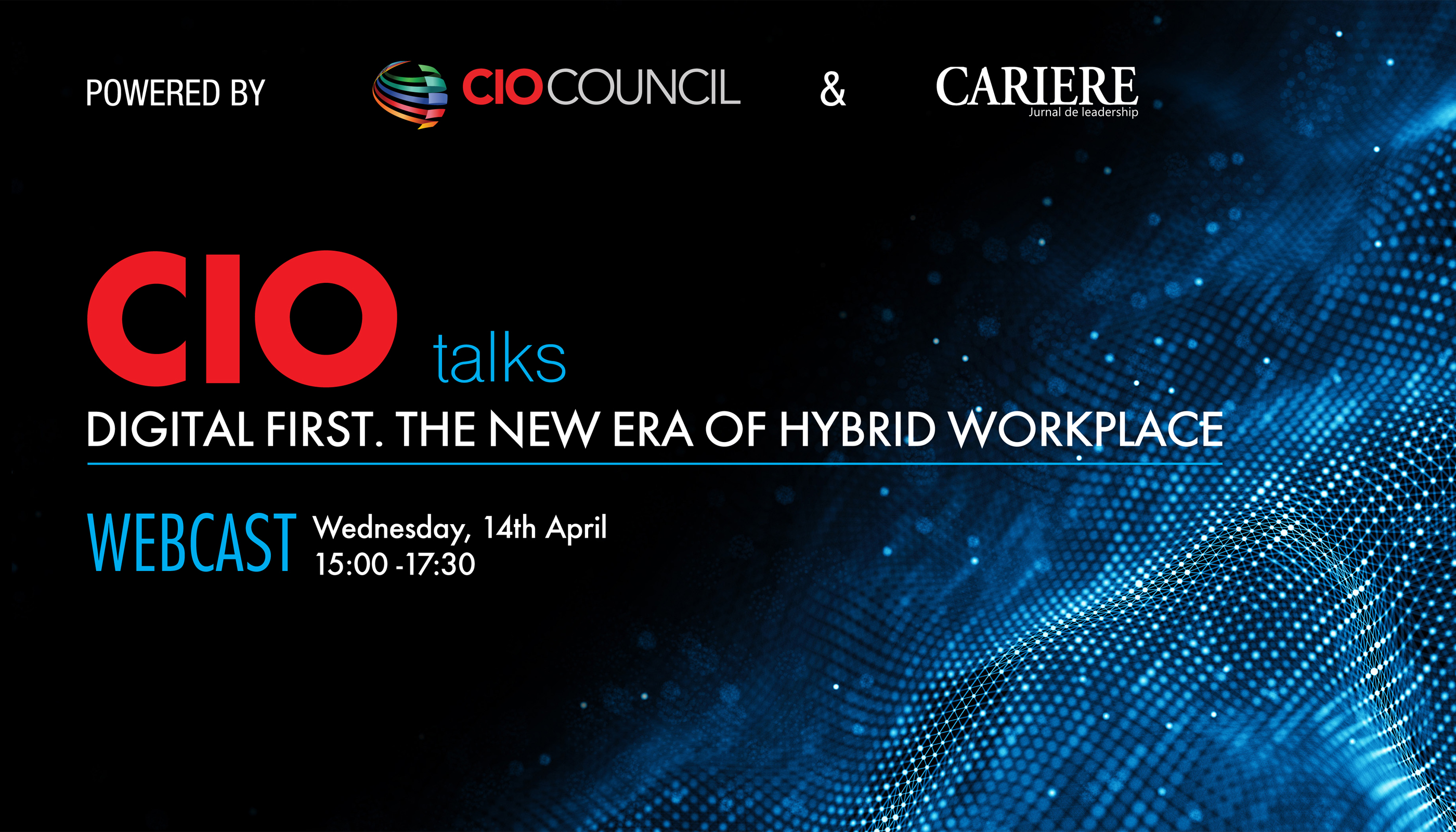UPDATE! You can watch now the full video recording
AGENDA: Introduction: Yugo Neumorni – President CIO Council, CIO Cargus Presentation: “The New Remote Work Era: Trends in the Distributed Workforce” Speaker: Marc O’Regan, Technologist & CTO, Dell Technologies EMEA After years of treating remote work like it was the exception to the rule, businesses must adapt to newly rooted human behaviors and adopt a remote-first strategy — or risk losing ground to competitors who do. This study will prove that the widespread adoption of a remote-first mindset has resulted in a more balanced business landscape. The ‘starting lines’ have been redrawn so that both enterprises and people are enjoying more equal opportunities for success. Thanks to improvements in digital workspace technology over the past several years, distributed workforces became an increasingly viable option for organizations. But despite the promise of cost savings, business agility, and employee flexibility, leadership inaction and fears let down most widespread attempts at this paradigm shift. Would employees stay on task outside a physical office space? Would company culture survive? As we’ve come to see through Vanson Bourne’s global research, these fears — while understandable — were unwarranted. With this accelerated cross-industry shift to remote work, the clouds have parted to reveal new opportunities. Organizations that were previously lagging behind in terms of remote work and digital experience were able to make swift gains, putting them within the sights of the competition. And improvements in productivity, employee satisfaction, recruitment, and cost savings make it unlikely that organizations will ever return to a fully location-based model. Presentation: Bridging the cybersecurity gap in the connected enterprise Speaker: Marinel Stănilă, Information Security Advisory Manager, Safetech Innovations Presentation: Growing Threats Beyond the Server: Why CISOs must boost their defense against Client-side attacks Speaker: Avital Grushcovski, Co-Founder, Source Defense This presentation covers a simulated client-attack, the growing website threat trends and the different technologies for managing client-side attacks. Panel: Digital first! How digital strategy will drive the new hybrid era of workplace.- Re-evaluate the technology stack designed for office-bound workforce for the new hybrid work models. Virtual desktop infrastructure (VDI)
- New IT management challenges
- New Cybersecurity architectures
- Identity management
- Customers go in digital channels. How CIOs respond?
- Pivoting towards infrastructure and cloud to empower the remote workforce
- Shifting to “as-a-service” or “pay-as-you-go” delivery models.
- CIOs role as catalyst
